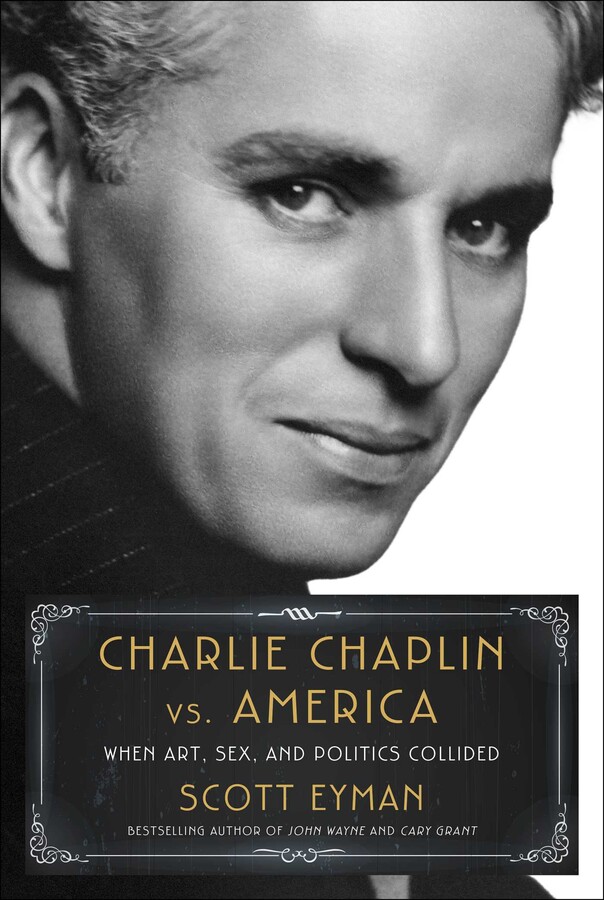Review: Charlie Chaplin – when the laughter stopped

Robert Shiels commends a new biography of the comic genius who fell victim to the USA’s post-war red scare.
This attractively produced book, with many photographs, is a social, political and cultural history of a crucial period in the life of an influential 20th century figure, an original and independent film-maker.
This is an easy read and yet offers a perceptive, insightful portrait of Chaplin, born into abject poverty in London, in the context of a complex era for an America consumed by political turmoil.
Charlie Chaplin was the perennial outsider who made his own films and did so on his own property and at his own expense. He gradually engaged, in a form of bureaucratic combat, with the government of his country of residence.
The basis of the attack of his enemies, and they were many some oozing venom, was his failure to engage personally in the World Wars or provide patent support for the troops. It was also noted that he remained in the United States and did not return to the United Kingdom during either war.
There was also a belief, unsupported by any evidence but promoted by the Hollywood press and politicians elsewhere in the United States, that Chaplin was a supporter or at least sympathetic to communism.
The result of these sustained attacks was that the entire security apparatus of the United States came to direct their attention to a motion picture comedian. It is not immediately clear to anyone why they kept their surveillance on him, or what the benefits to America were of what little they found.
Chaplin riled the Americans by remaining a British citizen and not seeking to obtain citizenship in their country, although he had flourished there and made his most enduring film work with the advantages of California.
He travelled abroad once after many years residency and found that he had been exiled from the United States during the postwar Red Scare. He was criticized for being politically liberal (although he denied communist sympathies) and too internationalist in outlook, in short un-American.
He had never become an American citizen, and that was held against him as xenophobia set in. His exclusion in fact, with threats from government agencies should he return, or try, to the United States caused great personal difficulties as his homes, businesses and film assets such as negatives were still there.
Chaplin had another problem based on an abiding interest in young women. He had been married three times and he had had numerous affairs. In the 1940s, he was the subject of a paternity suit, which he lost, despite blood tests that proved he was not the father.
His weaknesses for female company became a convenient way for those who opposed his politics to condemn him. Refused permission to return to the United States after a trip abroad, he settled in Switzerland, and made his last two films in London.
All’s well that ends well: Chaplin eventually had a long and an idyllic marriage to a much younger woman, with many children who had a happy upbringing.
Chaplin, as British subject, was knighted and in 1972 returned to the United States in triumph to receive a lifetime award of an Oscar.
The abiding point for others from the excellent and sustained narrative of Scott Eyman is that in the course of one lifetime of extraordinary extremes of fortune Charlie Chaplin was able to keep going to the end.
Charlie Chaplin v. America: When Art, Sex and Politics Collided by Scott Eyman. Published by Simon & Schuster (New York), 418 pp.








